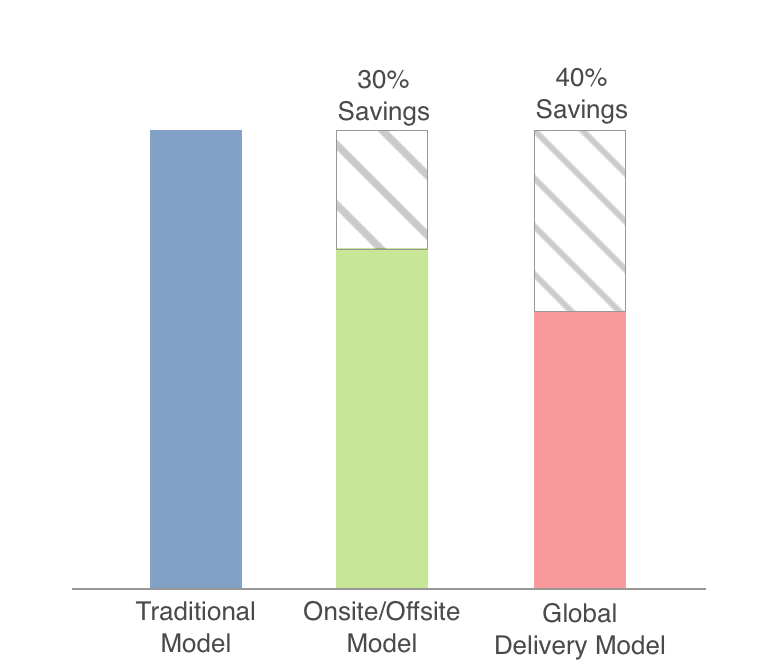Full Cycle Product Development
Leverage Symphony’s track record of building market-leading software in healthcare and other industries
- Overview
- Benefits
- Experience
Benefits
- Fixed-cost model reduces total cost of ownership while improving predictability and eliminating staffing turnover and training costs
- Significant cost savings and time-to-market advantage
- Application development experience across the healthcare spectrum—with payers, providers and ISVs
- Deep healthcare domain knowledge
- Experienced custom development operations with mature, repeatable processes and several examples of delivering market-leading products
- Proactive system management and nimble delivery to support iterative product releases smartly and swiftly
- Ability to establish large project teams on an as-needed basis, and flexibly ramp up and down project teams without adding cost or compromising quality
- Flexible, on-demand engagement models for only the services that are needed
Symphony’s mature CMMi Level 4 methodology guides the right mix of process and technical components to maximize success
Accelerated Development
Symphony’s accelerated development process is a hybrid approach that blends the best practices of several SDLCs to ensure success of the product development. Symphony uses its proven frameworks to reduce design, development and implementation time for clients. The core philosophy of the accelerated development approach is to ensure that a working product with tangible functionality gets in the hands of end users. Depending on the requirements and product design, the development team will choose from a variety of proven options available to them including Symphony’s technology frameworks, third-party components and frameworks, a mash-up of existing components, or the development of features and functionality from scratch. Each decision is analyzed for total cost of ownership, time for development, and cost of quality. Symphony’s accelerated development is further characterized by iterations in which each cycle delivers a tangible set of completely tested and working features and functions. The goal is to provide transparency and control to the product owners, and—more importantly—to deliver tangible value at the end of each cycle. This also makes sure that the project progress in terms of “% complete” actually means something. This approach also facilitates early demo to the industry, peers and potential clients, which are typical demands of new products.
Health Systems Served Over Two Decades
%
Typical Savings with Onsite/Offsite Model
%

